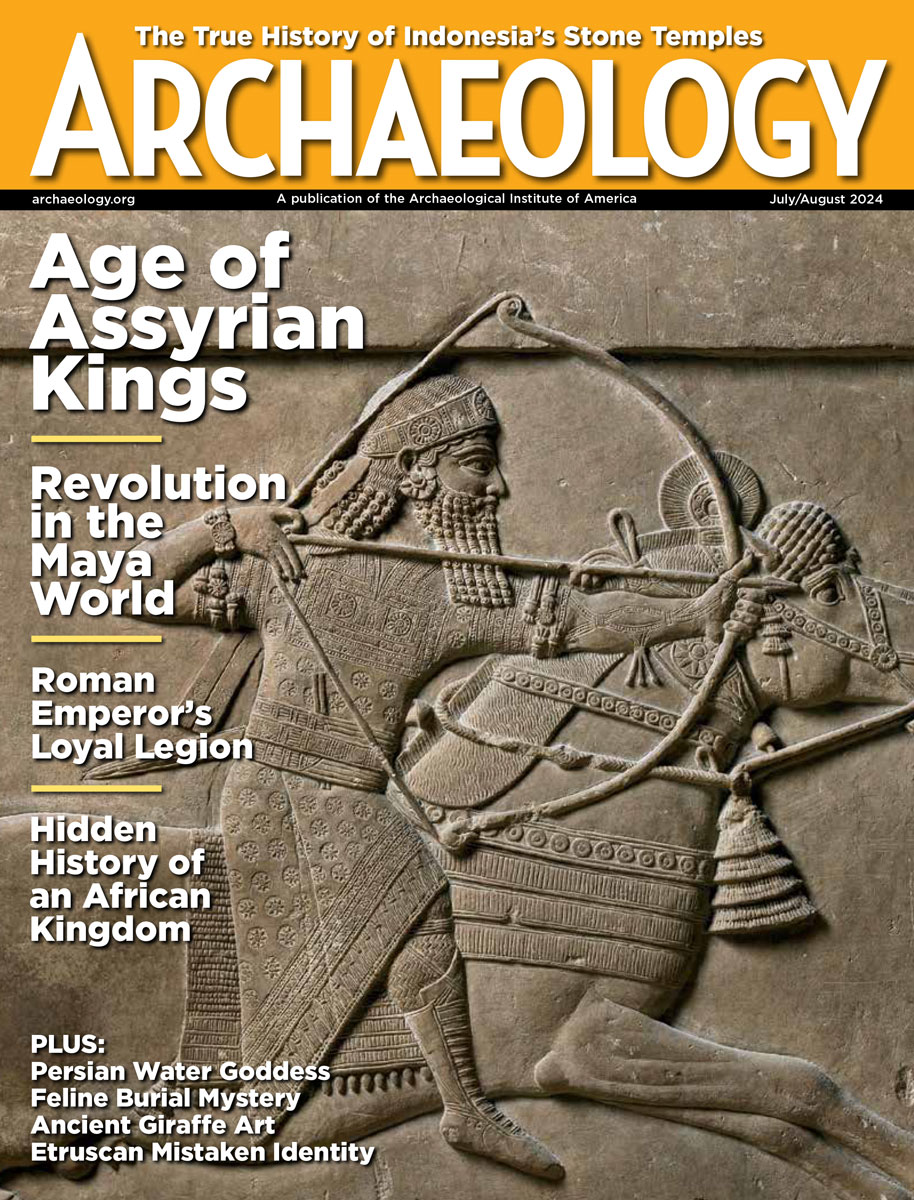Tuesday, February 19
February 19, 2008
Italian police displayed more than 400 looted artifacts recovered across Europe, including a fresco from Pompeii, Etruscan goblets, and a Greek Kalpis, once used for holding oil or water. There’s another article on the recovered archaeological loot in the International Herald Tribune.
The Roman city of Serdica lies beneath the Bulgarian city of Sofia. Modern residents want to excavate it and draw in the tourists traveling to the Thracian site of Perperikon. Â
John Russell, vice president of the Archaeological Institute of America, is quoted in this article on the recent raid of California museums by federal agents looking for looted antiquities. “If museum directors think they might go to jail, they might start thinking more carefully…. But as long as there are no consequences, they’ll continue to do it,” he said. Â
A shaman’s mask taken from “a medicine man’s grave on King Island,” Alaska, more than 100 years ago, has been returned to the Inupiat and put on display at the Carrie M. McLain Memorial Museum in Nome. This story has been around for a while, but this particular article has more background information than most of them. Â
A 220-pound bomb from World War II exploded today in the southeastern Czech Republic, near the Austrian border. One construction worker was injured. Â
German treasure hunters claim to have found two tons of gold, and they expect to unearth the Amber Room, which was stolen from the Soviet Union by the Nazis during World War II. “The chamber is likely to be part of a labyrinth of storage rooms that the Nazis built here. I knew it was in this area. I just never knew exactly where,” Heinz-Peter Haustein, mayor of a nearby village, told Spiegel Online.  You can still view a video on the Amber Room at National Geographic News.
- Comments Off on Tuesday, February 19
Monday, February 18
February 18, 2008
A tomb containing the mummy of a warrior was opened in Dra Abul Naga, a cemetery in Luxor. Five arrows made of reeds and feathers were found near the wooden coffin. Two bows and three staffs had been placed within the coffin.
Here’s another article on the new excavations at the fortified city of Sisupalgarh, in India’s state of Orissa. Some archaeologists claim that as many as 25,000 people lived there in the fifth century B.C. The Archaeological Survey of India may ask the state government for control over the site, since much of it is on private land and is endangered by the growth of the nearby city of Bhubaneswar.Â
A transcript purportedly recording a conversation between Lee Harvey Oswald and Jack Ruby about assassinating John F. Kennedy was found in a safe at the Dallas County district attorney’s office. “It’s hilarious. It’s like a bad B movie,” said Gary Mack, curator of the Sixth Floor Museum, near where the president was shot. Indeed, experts think the document belonged to deceased Ruby prosecutor Henry Wade, who was working on a movie script titled Countdown in Dallas.
Christopher Columbus carried an astronomical almanac, and was able to use its prediction of a lunar eclipse on February 29, 1504, to coerce the inhabitants of Jamaica to supply his crew with food.  A similar eclipse is due to occur on the night of February 20-21. For more information, see Sky and Telescope.com.Â
A team of archaeologists and historians has found the entrance to the underground British headquarters in Ypres, Belgium, from World War I that was discovered last year. The network of tunnels once held tens of thousands of men, but now they are filled with water. “The preservation of this place is absolutely exquisite,” commented historian Peter Barton. Â
A rare leaf-shaped candlestick was left behind by thieves who broke into an archaeological excavation in Auckland, New Zealand.Â
A missing page from a fifth-century Christian text has been found in the Deir al-Surian monastery in Egypt.
- Comments Off on Monday, February 18









